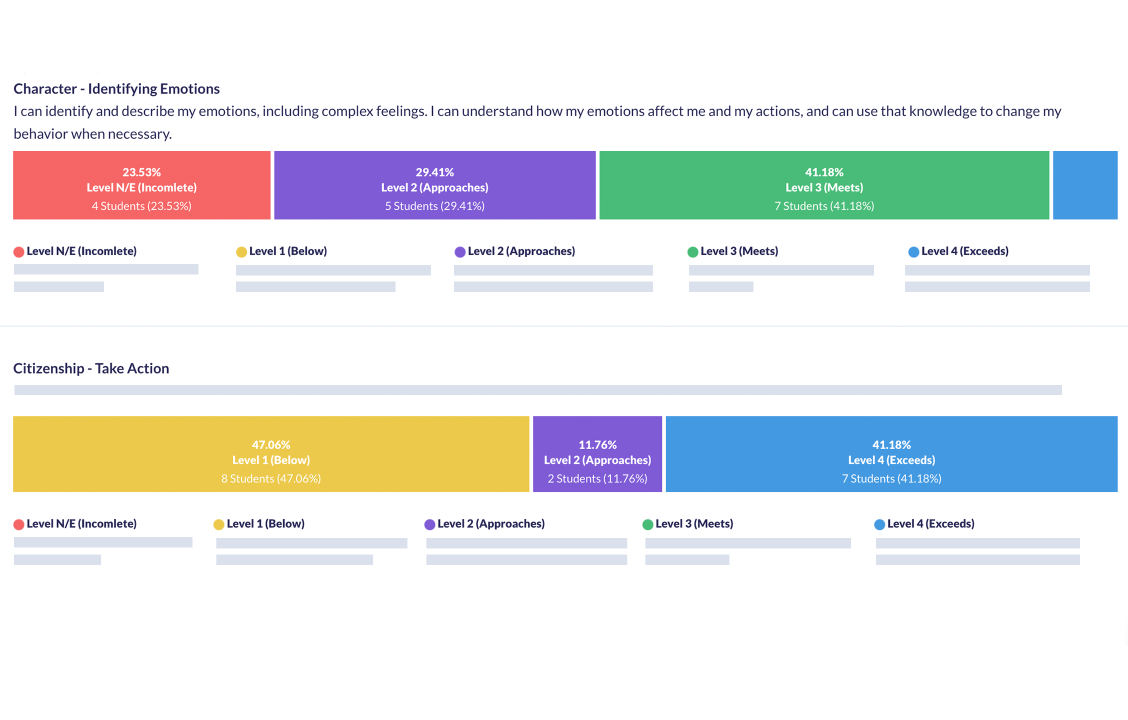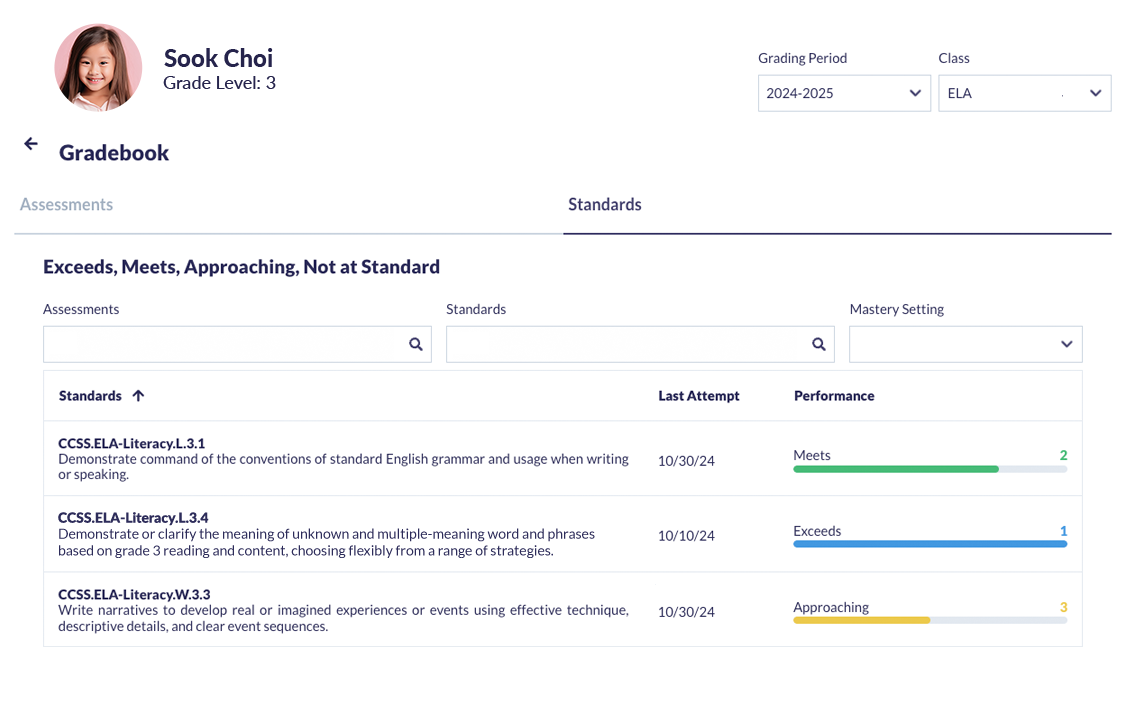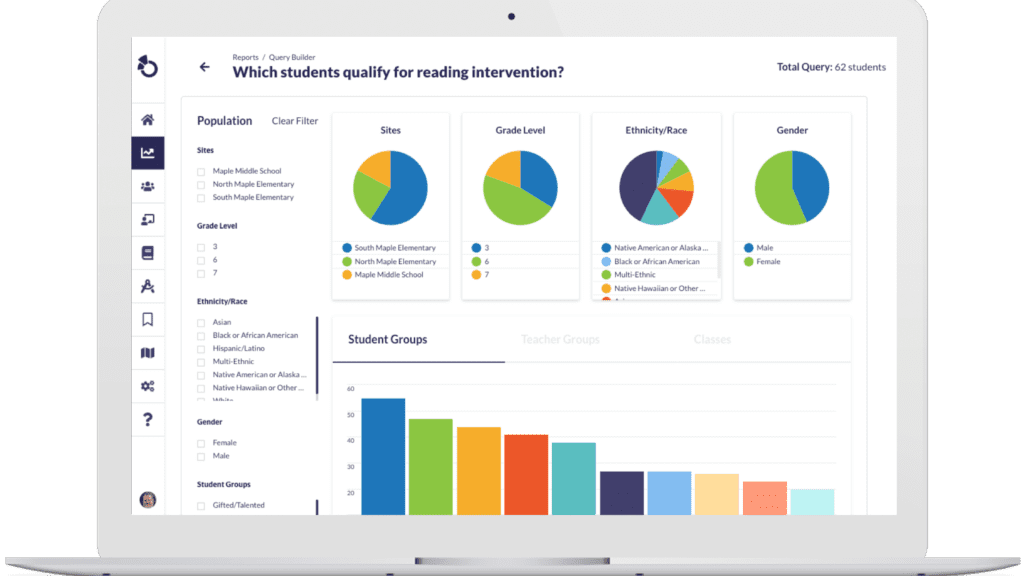Three Key Takeaways from New England Innovation Academy’s Approach to Competency-Based Grading
By: David Specht
Personalized learning. Proficiency-based education. Mastery-based learning. Competency-based education. They’re all different terms that refer to a reimagining of how schools operate so that students can have more say in what and how they learn; learn at a different pace; receive individualized help to move ahead; and progress based on mastery of course material, rather than seat time. While there is broad consensus on the principles, making this model of learning a reality is anything but simple.
At a recent Education Week K-12 Essentials Forum, Camp, Head of Teaching and Learning at New England Innovation Academy (NEIA), took the “stage” to share how the adoption of competency-based grading has helped to make grading practices consistent and transparent, ensuring students are assessed fairly and educators have reliable data to plan interventions. Watch Camp’s 10-minute session to learn how this pedagogical shift has helped the school to ensure transparency and equity.
Why NEIA Embraces Competency-Based Grading
At NEIA the purpose of competency-based grading goes beyond simple assessment. The approach is designed to strengthen the learning experience by focusing on essential skills, fostering equity through consistent practices, and building integrated competencies across disciplines. This approach helps students make meaningful connections in their learning and experience greater equity in how they are assessed.
“We are always thinking about how to be innovative in education. And so our grading system is rooted in integration. Really believing in our subject areas that we are not only integrating content, but we're integrating skills. So the way I describe ‘competency-based’ is ‘competency’ is a cool word for skills, and that's what we're emphasizing. And those skills can go across from math to humanities to science. There are core skills in those subject areas, but there are also skills that go across, and our competency system can cover that.”
Camp
Head of Teaching and Learning
,
New England Innovation Academy
Key Elements of a Competency-Focused System
NEIA’s grading model is built on three foundational elements: prioritizing student understanding of competencies, creating assessments that focus on these competencies, and providing targeted, skill-specific feedback. This approach helps students engage with the “why” behind their learning and gives them specific insights into their strengths and areas for improvement.
“The key elements of us having a competency-based system is that the students understand it and know it. Rather than just getting an assessment back and they don’t understand, it’s our responsibility as educators to explain it to them, to always teach the competencies, to explain what’s gonna happen on that assessment. And then, it’s all about targeted feedback on those skills that teachers give.”
Camp
Head of Teaching and Learning
,
New England Innovation Academy
Best Practices for Transparent, Skill-Based Grading
NEIA’s competency-based grading approach also involves best practices that ensure transparency and fairness in assessment. This includes teaching competencies explicitly, designing assessments around these skills, and ensuring grades reflect competencies rather than non-academic factors like extra credit or compliance. The result is a grading process that prioritizes students’ actual skills and progress.
“Grades are based on competencies only and not on non-achievement factors like extra credit and compliance tasks. One of the things we’re always working on is to make sure the system is fair and that we’re assessing students based on the competencies, not on things like compliance or non-achievement factors”
Camp
Head of Teaching and Learning
,
New England Innovation Academy
How Otus Supports Competency-Based Education
Thinking about how to manage all the components of competency-based education? That’s where Otus comes in. Otus is designed to simplify the process of implementing and sustaining competency-based education, helping educators focus on what truly matters – student learning and success. Here’s how Otus can support competency-based education in your school district.
Tracking Student Progress on Competencies: Otus enables educators to track both student and class progress toward skill mastery, clearly highlighting areas of strength and those that require further attention.

Providing Personalized Feedback and Resources: Otus enables educators to offer detailed, individualized feedback, helping students understand their strengths and improvement areas, which guides them toward mastery.
Facilitating Data-Driven Decision Making: Otus consolidates data from multiple sources—assessments, attendance, behavior, and third-party reports—providing educators a comprehensive view to make informed instructional and intervention decisions.
Streamlining Communication: Otus simplifies communication among educators, students, and families through messaging, announcements, and progress reports, keeping everyone aligned on student progress and goals.

Related Resources
Request a demo!
See exactly how Otus can help your school accelerate student growth and improve student outcomes – all while saving educators time.





